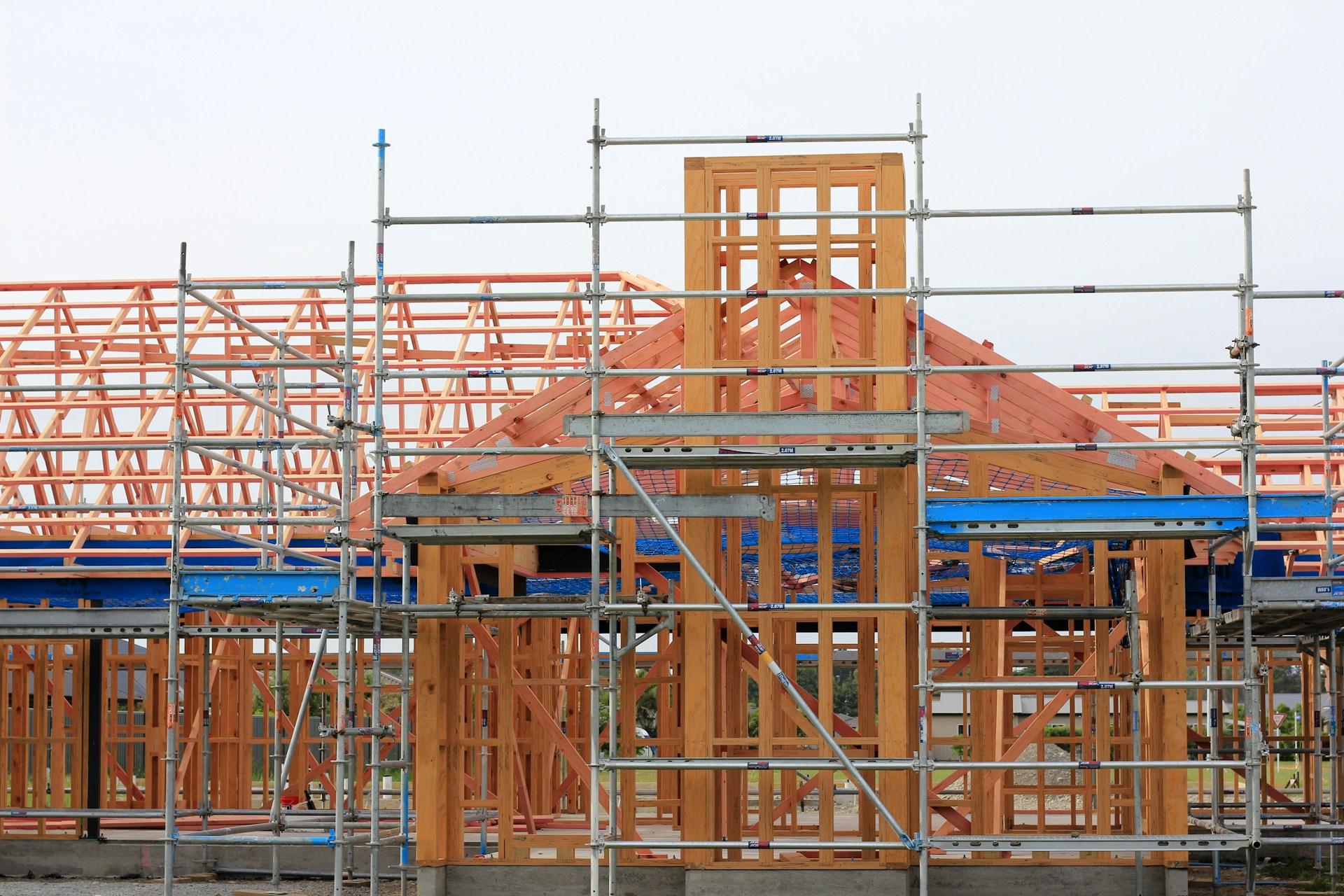
US house builders have welcomed Donald Trump’s 30-day pause on his plan to impose 25% tariffs on imports from Canada and Mexico, but they urge more dialogue to make the delay permanent for construction materials.
Trump announced the tariffs on Saturday but changed tack on Monday, pausing the tariffs until 4 March in response to actions promised by Canadian prime minister Justin Trudeau and Mexican president Claudia Sheinbaum.
Trudeau revived a previous commitment to implement a C$1.3bn border security plan, and Sheinbaum agreed to station 10,000 troops on Mexico’s border.
“We commend President Trump for reaching an agreement with Canada and Mexico to delay the proposed tariffs, avoiding additional strain on a housing market already facing affordability challenges,” said Carl Harris, chairman of the National Association of Home Builders (NAHB) on Monday.
He added: “Stability and certainty are essential for American businesses, consumers, and the strength of our economy. We urge all parties to remain committed to productive dialogue to prevent new tariffs on construction materials critical to housing our nation.”
Fuelling the affordability crisis
After Saturday’s announcement, NAHB warned the tariffs would raise the cost of vital materials used in residential construction and fuel the housing affordability crisis.
It said Canada supplies more than 70% of imported softwood lumber, and Mexico supplies the same proportion of imported gypsum, used for drywall.
NAHB had earlier called on Trump to exempt materials like lumber, steel, gypsum and aluminium from his planned tariffs, saying they would slow development and raise housing costs.
Canada is the largest importer of steel to the US, according to the American Iron and Steel Institute.
Nearly a quarter (24.5%) of all steel imported to the US came from Canada in December last year, it says.
Mexico is the second biggest importer, counting for 15.4% of US steel imports that month.
- Subscribe here to get stories about construction around the world in your inbox three times a week
Further reading:










